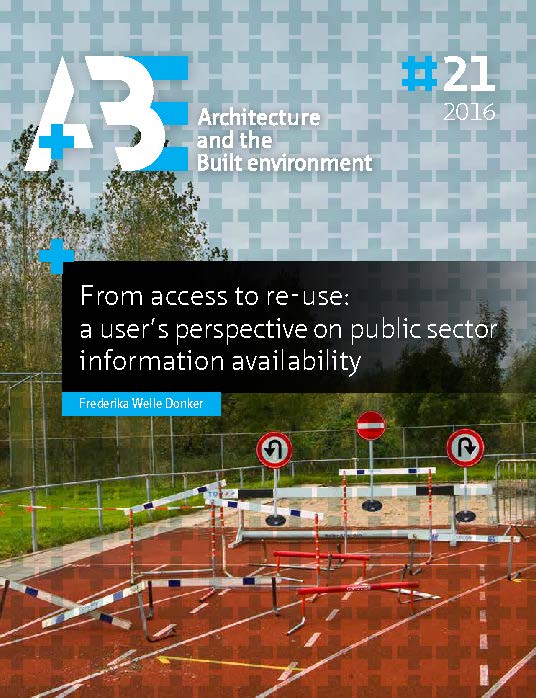Public sector information access policies in Europe
Keywords:
geo-informationAbstract
In the digital age geo-information has become embedded in our daily lives, such as navigation systems, community platforms, real estate information and weather forecasts. Everybody uses geo-information for their day-to-day decision making. Therefore, access to geo-information is of vital importance to the economic and social development of the nation. Most geo-information, especially the more valuable large scale geo-information is owned by governments all over the world. Government bodies create, collect, develop and disseminate geo-datasets and geo-information to support their public tasks. Although this information is primarily created and collected for internal use, it forms a rich resource for other public sector bodies, citizens and the private sector.
There have been a number of initiatives within the European Union (EU) to provide access to and reuse of this public sector information in order to create a free flow of information and services within the EU. Initially aimed at paper documents, these initiatives had little effect on geo-information. Geo-information existed as paper maps or geo-information systems requiring specialised software. But in the last decade improved computer processing capabilities, broadband internet and interoperability of systems have led to mass digitalisation and thus better availability of information in general. EU initiatives to improve access to information, especially the 2003 Directive on reuse of public sector information, the so-called PSI Directive (2003/98/EC), should have had a flow-on effect on geo-information. But five years after adoption, its impact has not quite lead to the expected surge of value added geo-information products and services as predicted by some (e.g. PIRA, 2000; RAVI, 2000). The private sector still faces legal, financial and organisational obstacles when trying to access public sector information (e.g. MICUS, 2003 and 2008; Groot et al., 2007).
So, maybe access to public sector geo-information is still not as simple as EU legislation intended it to be. The level playing field as envisioned by EU legislation may not be apparent in the geo-sector. What impact has the EU framework had on access to public sector geo-information to date? This paper will provide a description of the current EU framework. A brief history of public sector geo-information availability will be presented, and a description of the current situation in a number of European countries. The paper will finish with some conclusions and recommendations.


